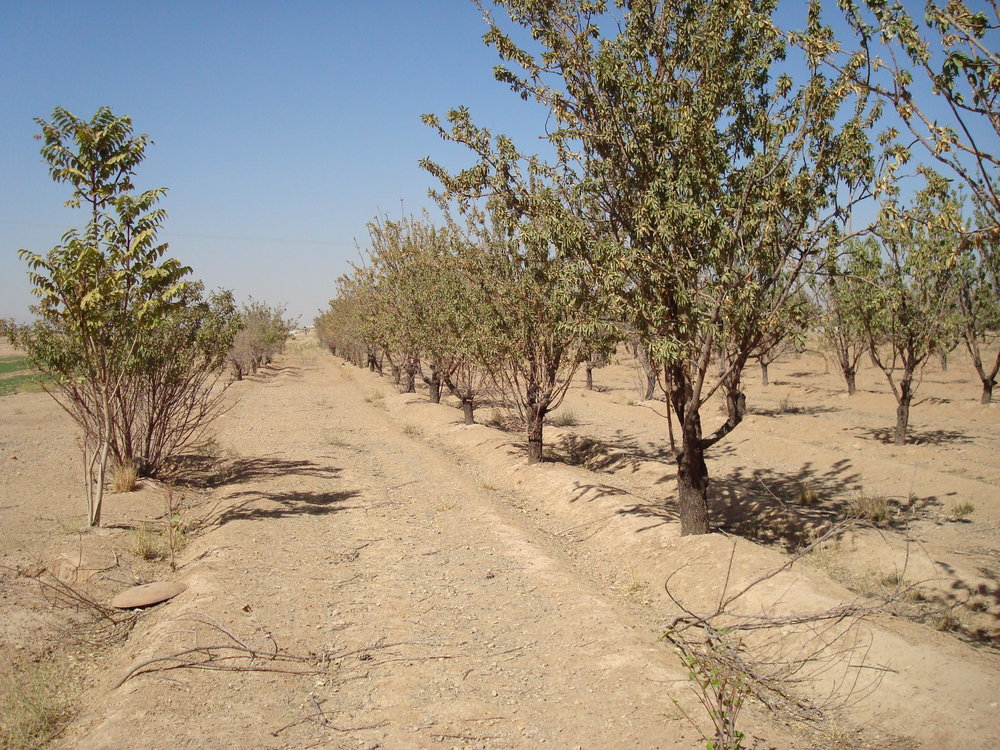Iran, UNDP extend co-op on Carbon Sequestration Project

TEHRAN — United Nations Development Program (UNDP) and Iran Forests, Range and Watershed management Organization renewed cooperation on Carbon Sequestration Project (CSP) in Iran.
Carbon sequestration is a natural or artificial process by which carbon dioxide is removed from the atmosphere and held in solid or liquid form, as in plants or soil. The project aims to sequester atmospheric carbon in arid and semi-arid areas of Iran and improve the socio-economic status of local communities.
UN Resident Coordinator and UNDP Resident Representative Gary Lewis and the director of the Forests, Range, and Watershed Management Organization Khodakaram Jalali signed a memorandum of understating (MOU) to enter the third phase of the project here on Saturday.
As per the MOU the project is expected to cover four provinces of Yazd, North Khorasan, South Khorasan and Golestan provinces.
So far UNDP and the government of Iran have financed the first two phases of the project by allotting $1.6 million and $3.2 million respectively.
According to UN Resident Coordinator Lewis, UNDP has allotted some $380,000 for the third phase of the project and Iran will also allocate some $7.6 million to accomplish the desirable goals of the new phase of the project.
The first phase of this project was initiated in the South Khorasan Province with support from the Global Environment Facility (GEF) in 2003. Now through up-scale and replication, the project is at various stages of implementation across 18 provinces in Iran. Given its success, it is quickly developing into the rural development model of choice in Iran. The second phase of the project also started in March 2010.
Over the years, the project has demonstrated both the carbon sequestration potential of significant quantities of marginal land and the potential of local communities to engage in sustainable rural development. The project has empowered local communities, generated sustainable enterprises, built local institutions, thus ensuring ownership by local communities. These communities have, in turn, assumed responsibility for the restoration, conservation and sustainable use of Iran’s limited land and water resources.
According to UNDP official website overall, the tenets of the Carbon Sequestration Project methodology has been integrated into the 6th five-year national development plan, improved the productivity of arid lands, and covers 2,832,471 hectares including 623 villages and 214,105 residents.
In Birjand, South Khorasan province, which is the main project site some 577 permanent job opportunities were generated, 63 Village Development Groups (VDGs) and a micro-credit system was established and more than 2,400 loans were provided, over 30,000 hectares of land was rehabilitated, and women have been involved in all project initiatives; approximately one-third (8,600 out of 24,500) of the person-days of labor needed for restoration works was provided by female VDGs.
Accordingly at replication sites the number of newly-formed Village Development Groups (VDGs) has risen to 1,744 groups, 255 micro-credit funds have been established, 25,223 hectares of rehabilitation measures were carried out by VDGs, and 26 capacity-building workshops on participatory natural resources management approaches were held for 910 provincial managers, social mobilization consultants and facilitators.
MQ/M
